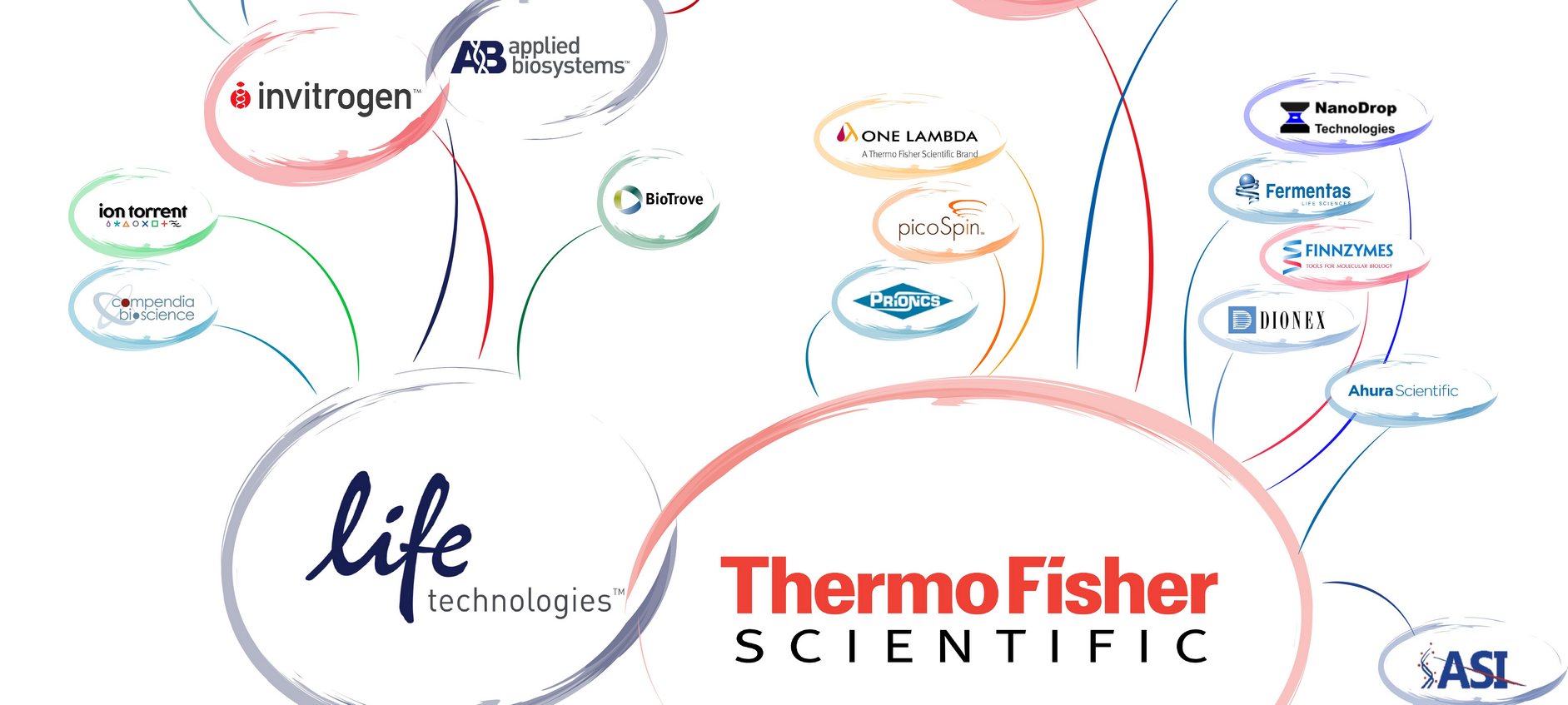Developer of NGS devices Ilumina claims its new NovaSeq instrument will soon manage to sequence a person´s entire genome for less then $100 in as little as 60 minutes. This would represent a marginal improvement from the current benchmark, which stands at roughly $1,000.
It took the Human Genome Project nearly 15 years and $3,8 billion to determine the human DNA code. Its implications launched the genomic revolution and the project is still considered the biggest scientific achievement in biology. Since then, sequencing technology has transcended at an almost unimaginable rate and brought along the so-called “next-generation sequencing (NGS)” sequencers, capable of running at unprecedented speeds. This profoundly improved our understanding of diseases and delivered a major impact on drug discovery and drug development.
But wait, it gets better. The San Diego-based company Ilumina stated their brand new NovaSeq 5000 and NovaSeq 6000 sequencers are “expected some day” to sequence your entire DNA for less than what you would give for a FitBit. Coming from a company that lowered the cost of sequencing a genome from $300,000 to merely $1,000 in less then a decade, it actually sounds realistic.
“This is good news, affirming that the field is still so healthy that price-plummeting is still considered good for business,” says George Church, a professor of Genetics at Harvard Medical School.
Now lets take a step back and look at what this could all mean for us. Not only would it revolutionize healthcare and individualize patient treatment, but also bring sequencing into the hands of the common consumer, potentially opening whole new economies – even art! However, the ethics side should nevertheless be considered before grabbing the big spoon just yet.
Currently, the machine is only owned by six organizations, including the Chan Zuckerberg BioHub and the Broad Institute of MIT and Harvard. This testing period will hopefully shed more light on whether Ilumina´s promise will hold up.
See what the developers of the groundbreaking technology have to say about it in the video bellow:
By Luka Zupančič, MSc, University of Applied Sciences Technikum Vienna






